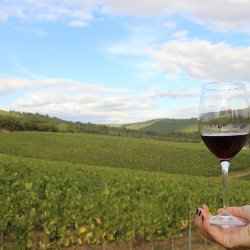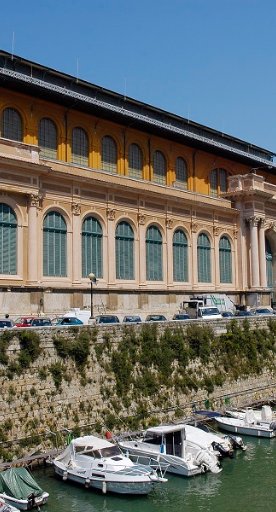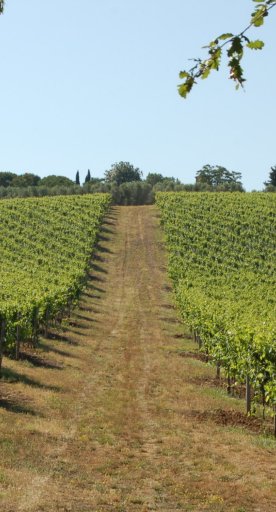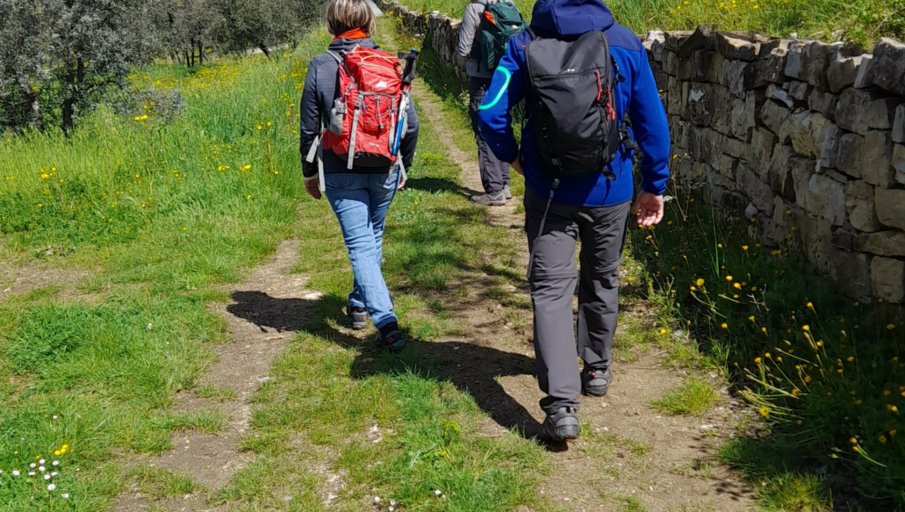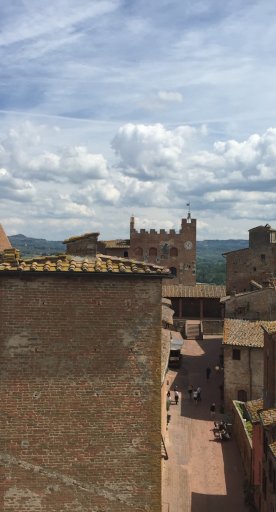
The sweet life of the Renaissance: travelling with the Medici in Tuscany
Through large villas, extraordinary gardens and works of art
The Medici left us an extraordinary monumental, artistic and historical legacy, with works that remain open to any visitor interested in a journey through the cultural and spiritual world of Renaissance Tuscany. Among them are UNESCO Heritage Listed villas and gardens that shouldn’t be missed.
-
1.Florence, the "heart" of the Medici family
-
2.The most beautiful Medici residences
-
3.Along the ‘Strada dei Sapori’
-
4.The Medici in Leonardo da Vinci’s homeland
Florence, the "heart" of the Medici family

You can find some of the greatest Medici works of art in Florence’s renowned museums, including the Uffizi, the Palatine Gallery, the Treasury of the Grand Dukes and the Galleria dell'Accademia.
On the way, you must visit the wonderful Boboli Gardens, created for the Medici and located behind Palazzo Pitti, their residence for almost four centuries. The gardens are considered a model of the Italian garden and were an example for many European courts. They are a real open-air museum filled with ancient and Renaissance statues and adorned with caves and large fountains.
The most beautiful Medici residences

A few kilometres north of Florence is the Medici Villa La Petraia, a typical country residence and the refuge of the Grand Dukes of Tuscany. It is one of the most fascinating Medici villas thanks to its pleasant surroundings, the excellence of its paintings and the luxuriant nature of its park.
Nearby is also the Medici Villa di Castello with its beautiful Renaissance architecture. It’s one of the family’s oldest country residences and a favourite of Cosimo I. The splendid garden, designed in 1538 to celebrate the prince's power through the symbolism of its statues, fountains and caves - including the Grotta degli Animali, once animated by jets of water - will fascinate visitors with its rich citrus grove and rare plants.
Along the ‘Strada dei Sapori’
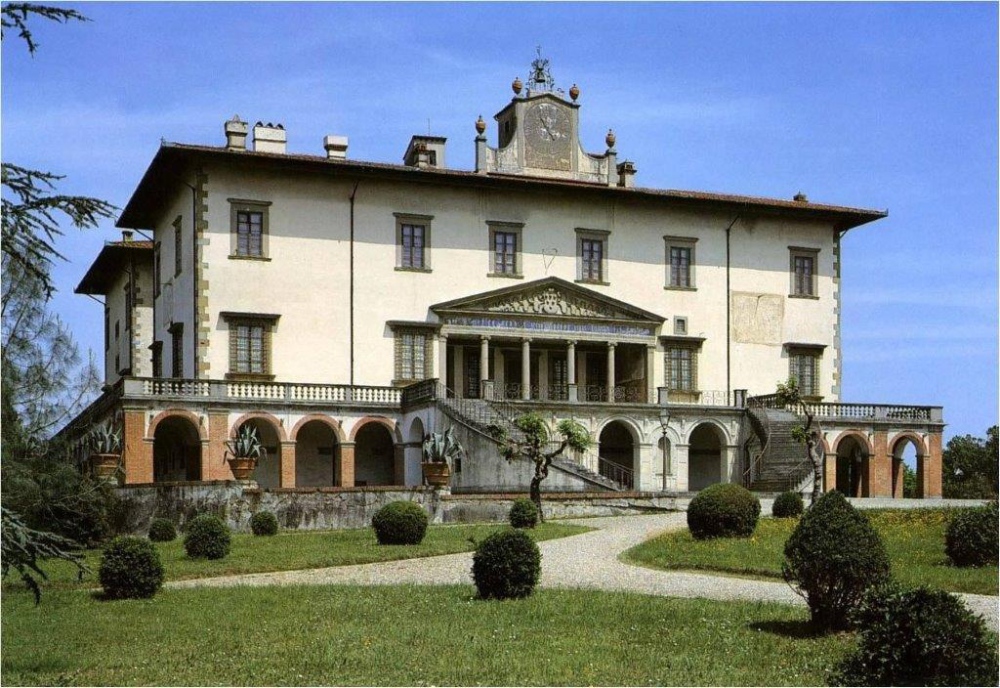

Our journey continues along the Strada dei Vini di Carmignano e dei Sapori tipici pratesi, in particular to Carmignano and Poggio a Caiano, which were Lorenzo the Magnificent, Francesco I and the Grand Duke Ferdinando’s favourite Tuscan residences, all lovers of beautiful country residences, of nature, the hunt and large parties in the gardens. The Medici Villa di Poggio a Caiano was purchased in 1473/74 by Lorenzo the Magnificent as a "gentleman's house", with its vast surrounding grounds. While the Medici Villa di Artimino was built by Ferdinando I on its namesake hill at the end of the 16th century in the centre of the Barco Reale, a grandiose hunting reserve lovingly cared for by the Grand Duke.
While you’re in this territory, don’t miss its renowned Medici wines: the Carmignano DOCG, which is considered the first Denomination of Controlled Originwine in the world and the Barco Reale DOC, which is tied to the Medici hunting reserve.
The Medici in Leonardo da Vinci’s homeland
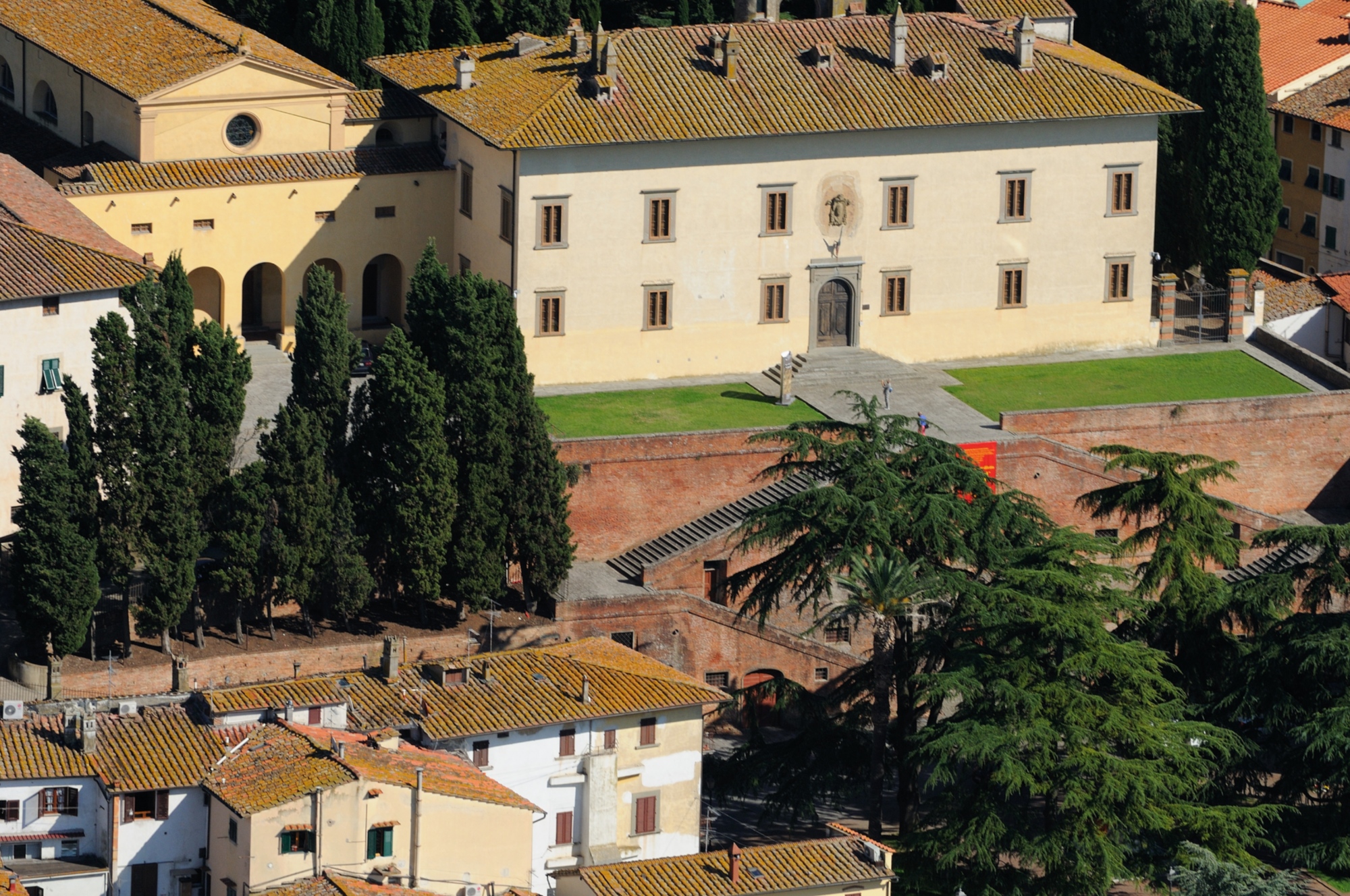
Along the Montalbano Wine and Olive Oil Trail, you’ll find not only the birthplace of the great genius, Leonardo Da Vinci, and some tasty local products, but also the Medici Villa di Cerreto Guidi, built in 1556 at the request of Cosimo I as a hunting lodge and territorial garrison. Inside the villa are portraits of the Medici family and furniture from various ages, while outside, on the first floor, you’ll find the Historical Museum of Hunting, which displays hunting and shooting weapons mostly from the 17th-19th centuries.


